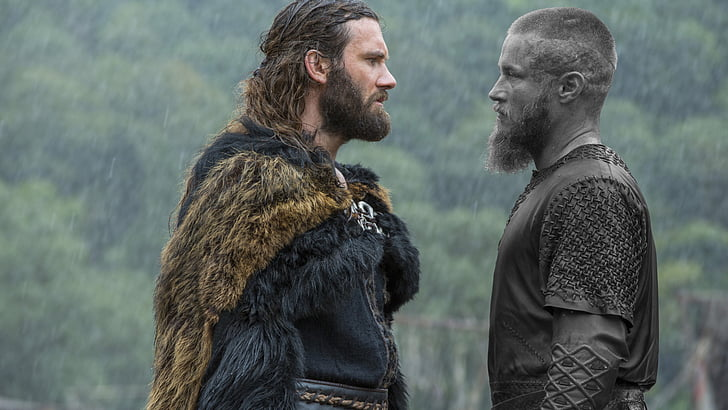When we hear the name Ragnar Lothbrok, images of a fierce Viking warrior, fearless explorer, and rebellious king come to mind. He’s been portrayed in books, television shows, and ancient Norse sagas as a man of legendary strength and cunning. But the truth is, Ragnar Lothbrok wasn’t just one man he was many. His story is a mix of historical figures, oral tradition, and centuries of myth-making that created a hero larger than life.
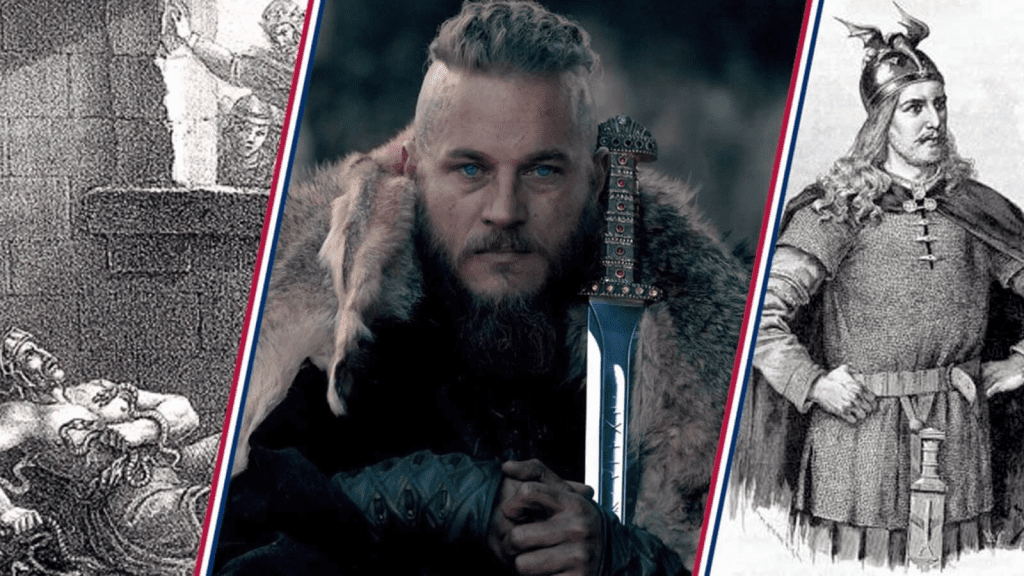
A Name Etched in Saga, Not in Stone
The earliest stories of Ragnar appear in medieval texts like the Saga of Ragnar Lothbrok and the Tale of Ragnar’s Sons. These accounts, written centuries after the Viking Age, describe Ragnar as the son of a Swedish king who became a fearsome raider and fathered several equally legendary sons, including Ivar the Boneless and Bjorn Ironside.
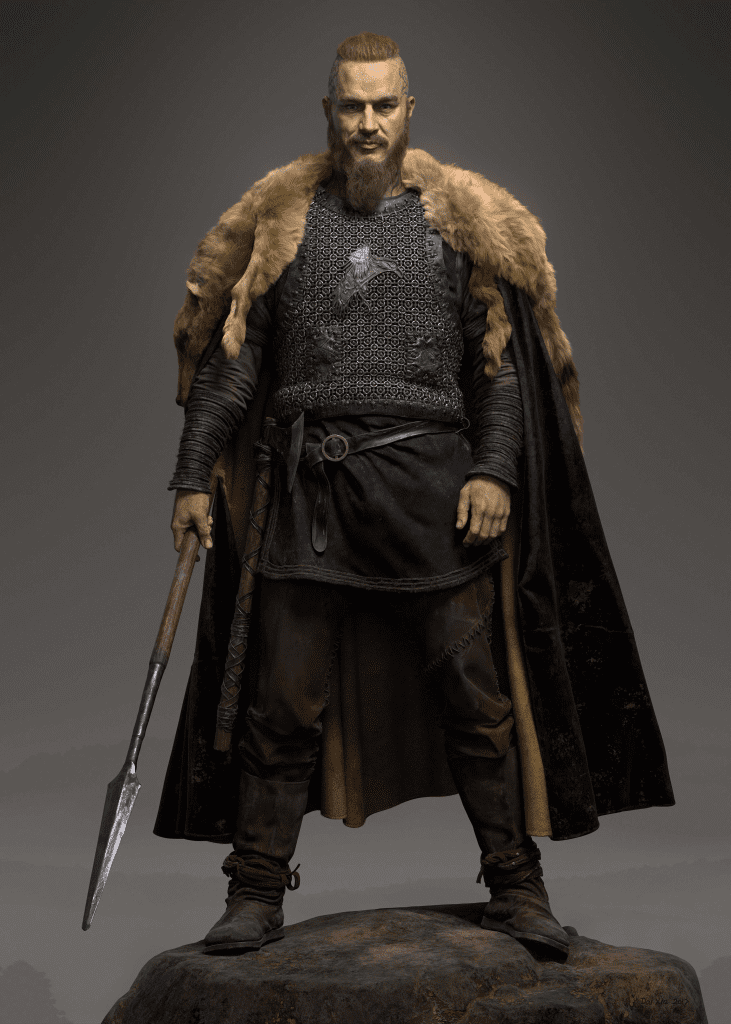
But historians have long debated whether Ragnar Lothbrok ever truly existed. There’s no single historical record that proves a man by that name led Viking raids across Europe. Instead, the saga we know as “Ragnar” seems to be a composite figure an amalgamation of multiple Viking leaders whose stories were merged over time to create a symbolic warrior.
Video:
(Vikings) Ragnar Lothbrok || The Choice
Real Warlords Behind the Legend
Among the historical figures most commonly linked to the legend of Ragnar are Ragnall, a Norse king of Northumbria and Dublin, and Reginherus, a Viking chieftain who led the siege of Paris in 845. It’s believed that Reginherus may have been the historical inspiration for Ragnar’s most famous feat: sailing up the Seine River and forcing the city of Paris to pay a massive ransom.
Both men existed in the 9th century and were active during the same period the legendary Ragnar was said to have lived. Their deeds real, documented, and fearsome became part of the evolving oral tradition in Scandinavia. As storytellers passed their tales down through generations, names blurred and legends grew.
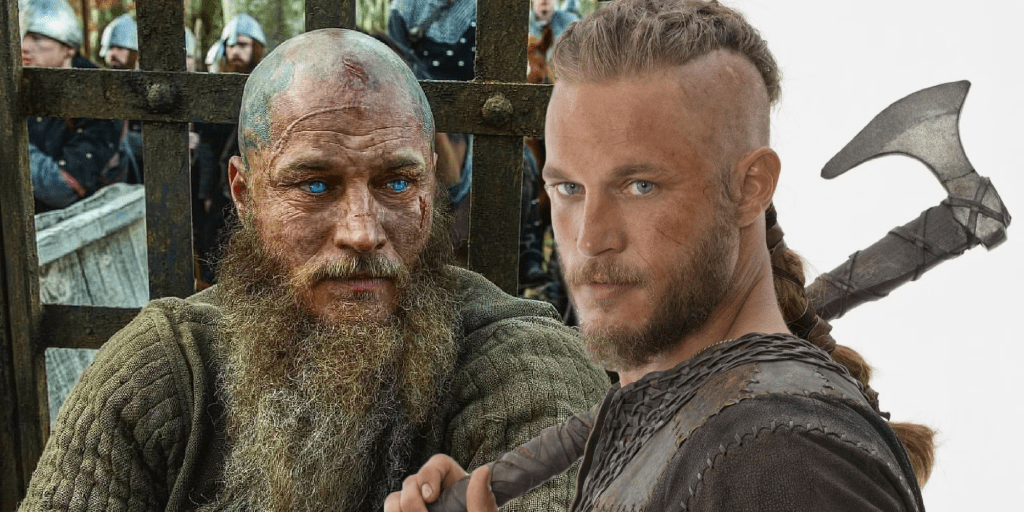
A Hero Shaped by Myth and Meaning
What makes Ragnar Lothbrok so enduring is not just what he did, but what he represents. In Norse culture, he became a symbol of Viking valor, ambition, and defiance against fate. His supposed death thrown into a pit of snakes by the Anglo-Saxon king Ælla wasn’t just a dramatic end; it became a rallying cry for vengeance and legacy. According to legend, his sons avenged his death by leading the Great Heathen Army into England, a real historical event that marked a turning point in the Viking invasions.
Video:
The Real Ragnar Lothbrok // Vikings Documentary
These stories weren’t meant to be read as strict history. They were morality tales, cultural blueprints, and spiritual reflections. Ragnar’s saga told Viking audiences that courage could outlive death, that family honor could transcend generations, and that heroes weren’t defined by their existence but by the stories they inspired.
From Oral Legend to Pop Culture Icon
In recent years, Ragnar Lothbrok’s myth has been reborn, especially through the popular TV series Vikings. This portrayal blends historical elements with fictional drama, reintroducing Ragnar to modern audiences as a charismatic warrior-philosopher navigating the brutal world of Viking politics and faith.
Though modern depictions take creative liberties, they continue the tradition of reshaping Ragnar to fit the values and fascinations of each era. Whether as a ruthless raider or a thoughtful father, his character speaks to timeless themes: loyalty, ambition, identity, and the struggle between fate and free will.
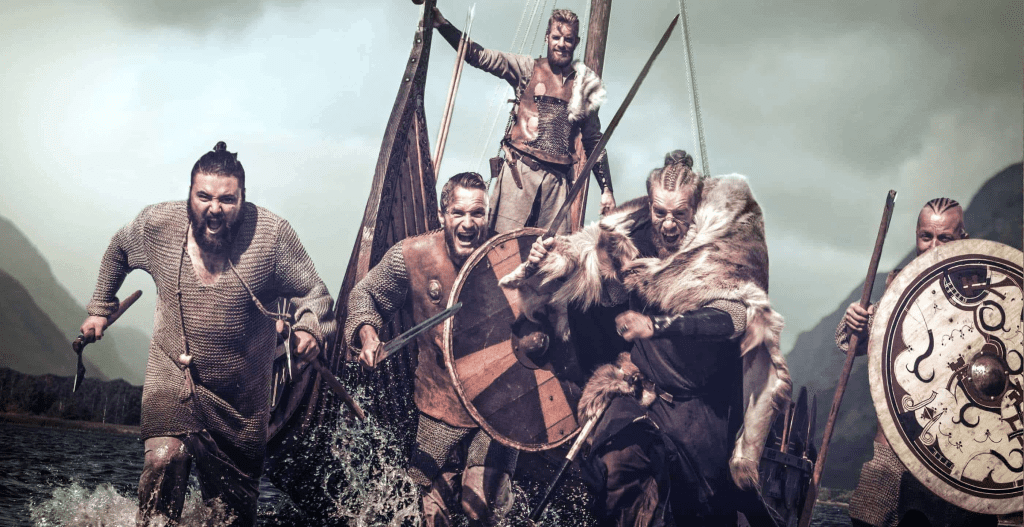
Conclusion: A Legacy That Lives Beyond the Man
So was Ragnar Lothbrok real? The answer depends on how you define “real.” As a flesh-and-blood man, perhaps not. But as a reflection of Viking spirit, leadership, and legacy, he is as real as any hero from history. His legend crafted from the deeds of multiple men and the imaginations of generations remains one of the most compelling stories of the Norse world.
Ragnar Lothbrok wasn’t just one man. He was a thousand campfire tales, a reflection of a warrior culture, and a symbol that still echoes across time from Viking-age Europe to modern-day television screens. And that, in its own way, is immortality.
